Why do some of us (audio enthusiasts, recording engineers, musicians) choose to use old vacuum tube equipment? The reasons vary widely, but very few users would cite ‘better reliability’ as a positive factor. True, much old tube-based audio equipment designed for professional use (EG., Fender guitar amps) is designed so that it CAN be easily serviced. I haven’t found a tube guitar amp yet that I couldn’t fix. But ‘serviceability’ is different from ‘reliability.’
Is vacuum tube audio equipment inherently less reliable than solid-state equipment? I am not certain that this is the case. But there are a few basic conditions of tube equipment that would seem to make it more prone to breakdown.
*High Voltage. Due to the optimum operating points of many vacuum tubes, most tube equipment will have DC voltages upwards of 300 or even 500 volts present inside the chassis, flowing through the capacitors, resistors, pots, and transformers. This voltage is often near the stated working limit of these components. Compare this to solid-state, where 24volts is the most you will likely find.
*Filaments (tube heaters). Man look at those tubes glow. They look great, right? Yes they do. But remember that the glow is created by heaters. Their function is to make the tube hot. Very very hot. And they make everything else in the area hot. Drying out wires and insulation, causing potting wax to flow out, and generally contributing to the decline of the physical condition of all the components. Consider the amount of heat in, say, a Fender Twin amp. Each 6L6 tube is drawing (6.3Vx .9A)= 6 watts x 4 tubes. That’s 24 watts of pure HEAT present whenever the device is turned on. Solid-state equipment does not need heaters to operate.
*Layout. In order to conserve space in a chassis, and simplify the construction, tube equipment was often wired point-to-point, with lots of little hand-made solder joints. Compare this to solid-state equipment, where the smaller (due to lower voltage requirements) components can all be assembled on a board. Just take a look at the two devices here. Which one do you think is more likely to develop a problem due to mechanical shock?
Anyhow, vacuum tube equipment tended to require more servicing than later solid-state equipment designed for the same purpose. A natural consequence of this was… more servicemen! Radio/Television repair shops used to be a common sight in America. Now, not so much. Even beyond the greater need for servicing in the tube-era, there is secondary reason: cost. Since so much modern ‘surface-mount’ equipment can be built by robotic automation, and produced offshore, modern equipment costs less. It’s often just not worth repairing. You simply throw it out. This was not the case in the 1950s.
Consider the cost of a basic 17″ television in 1951. $139.50. This is today’s equivalent of $1170. That’s a lot of money. If your $1170 TV breaks, you would likely get it fixed. Whereas in 2010, a 17″ TV will only cost you $168. Would you spend time and money to have a $168 TV serviced? Not likely.
A large range of publications once existed to cater to these legions of TV/Radio serviceman. We will look at several of these titles in the future on this site. For today, let’s consider Radio & Television News, which was the 1948-1959 title of the magazine that Ziff-Davis published for the professional readership market. Wiki has a good article about the long and complex history of this publication. Anyhow, the R&TN ran articles on electronic theory, service practice, general small-business professionalism, etc. They also had several articles in each issue which offered circuit descriptions and schematics for various devices. R&TN published several ‘Audio Feature’ issues that have some interesting projects outlined. Today we will look at some of these projects which have potential use in the recording studio.
FOLLOW THE LINK FOR MANY INTERESTING C.1950 DIY AUDIO PROJECTS.,..
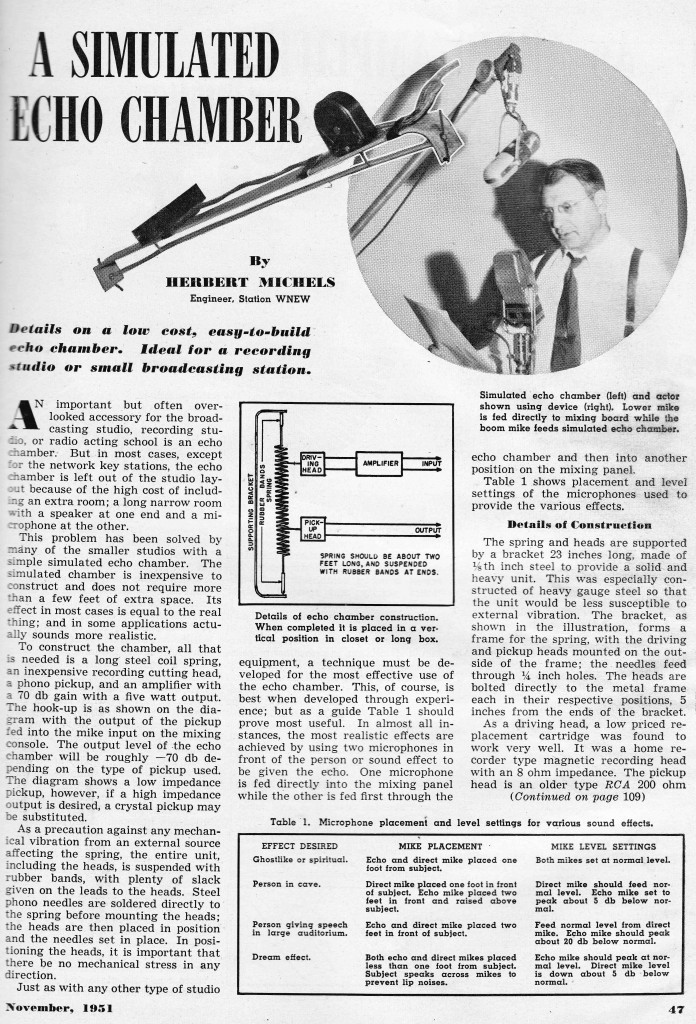
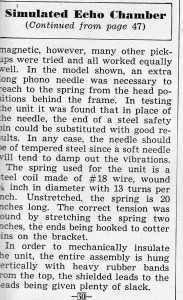 This piece, from November 1951, outlines a method of constructing an ‘Echo’ (actually, Reverb) device using a large spring. In order to excite the spring, a record-cutting head driven by a 5 watt amp is required. Not sure where to find a record cutting head nowadays, but this is an interesting idea. We use those Hammond spring reverb units all of the time without really considering that it IS possible to construct our own devices. TAPE OP ran a similar feature in their print edition some years ago which described using a cymbal and speaker along with… i think… a surface-mount mic? …in order to create a DIY echo unit. I feel that there is a lot of room to create new sounds through construction of these DIY units. The best reverb sound that I have ever used was not through any of the myriad hardware boxes or plug-ins that i have. It was through setting up a large JBL studio monitor in a marble bathroom at my old studio building. I drove this speaker with a power amp wired off an Aux Send from protools. A condenser mic set to omni-directional pattern was placed 10-20′ away. The result? Give a listen to the track below for an example.
This piece, from November 1951, outlines a method of constructing an ‘Echo’ (actually, Reverb) device using a large spring. In order to excite the spring, a record-cutting head driven by a 5 watt amp is required. Not sure where to find a record cutting head nowadays, but this is an interesting idea. We use those Hammond spring reverb units all of the time without really considering that it IS possible to construct our own devices. TAPE OP ran a similar feature in their print edition some years ago which described using a cymbal and speaker along with… i think… a surface-mount mic? …in order to create a DIY echo unit. I feel that there is a lot of room to create new sounds through construction of these DIY units. The best reverb sound that I have ever used was not through any of the myriad hardware boxes or plug-ins that i have. It was through setting up a large JBL studio monitor in a marble bathroom at my old studio building. I drove this speaker with a power amp wired off an Aux Send from protools. A condenser mic set to omni-directional pattern was placed 10-20′ away. The result? Give a listen to the track below for an example.
This is a simple project – a super tight bandpass amplifier. Curious about this one. Unfortunately, it requires a very specific hard-to-find component – a UTC VIC-series variable inductor.
Here is a hi-fi amp that looks like it could be interesting. Nice, simple inductor-based EQ circuit.
…And, finally,… a pair of compressor projects. a single tube (!) and 2-tube compressor. I plan on building this 2-tube compressor soon.
 …And here is the 2-tube compressor.
…And here is the 2-tube compressor.
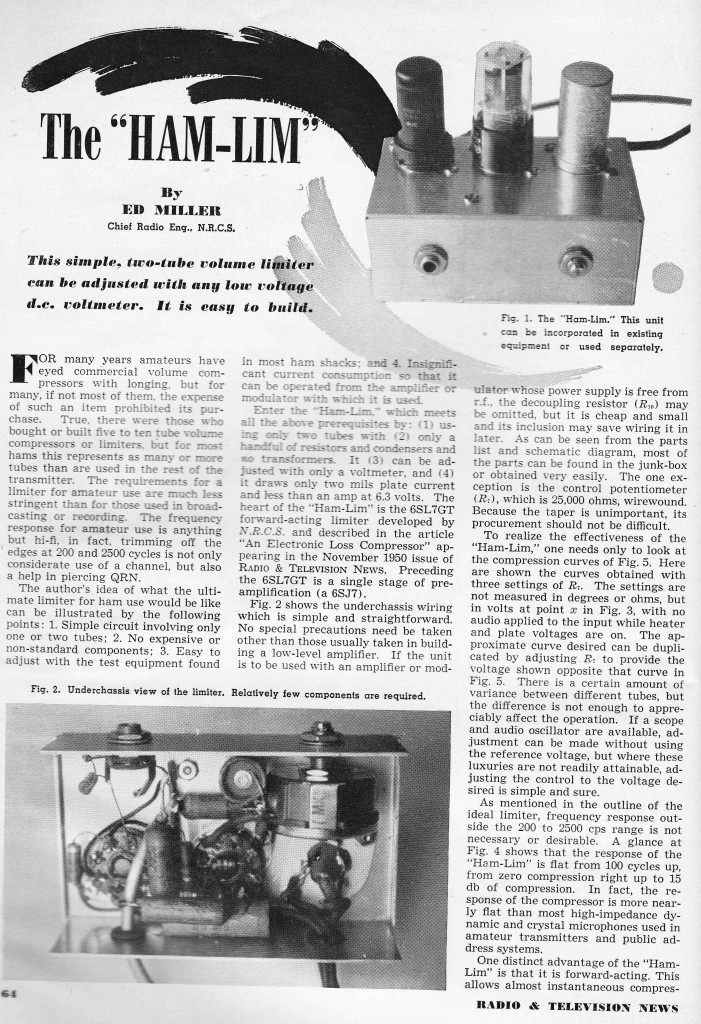
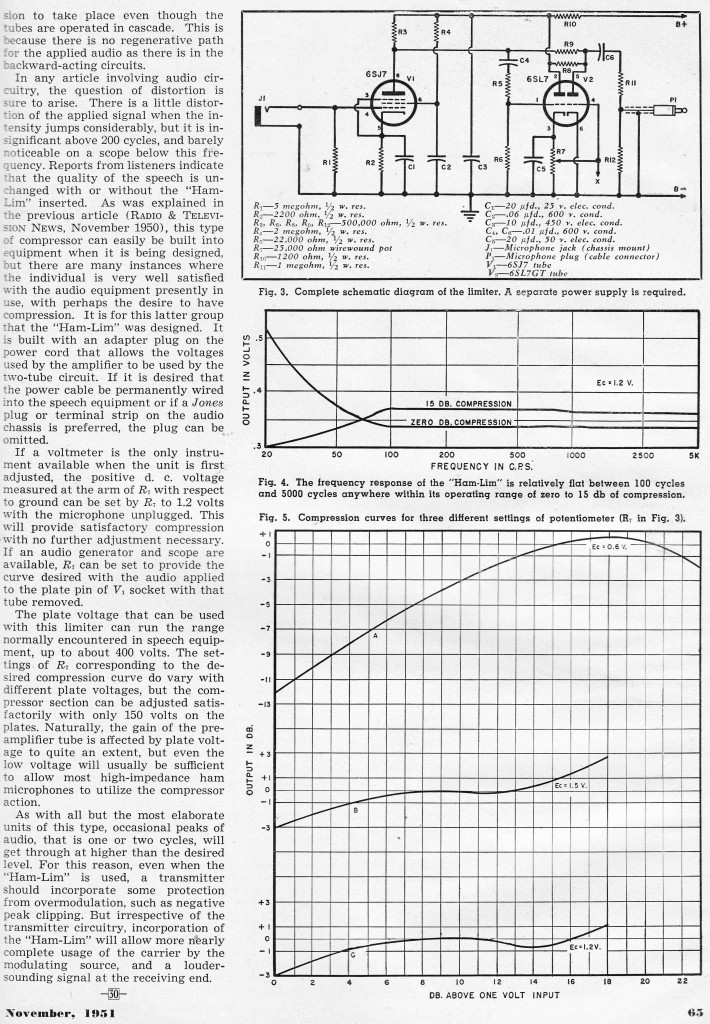 If anyone is interesting in building any of these devices, email me and i will send you a higher-resolution schematic image.
If anyone is interesting in building any of these devices, email me and i will send you a higher-resolution schematic image.
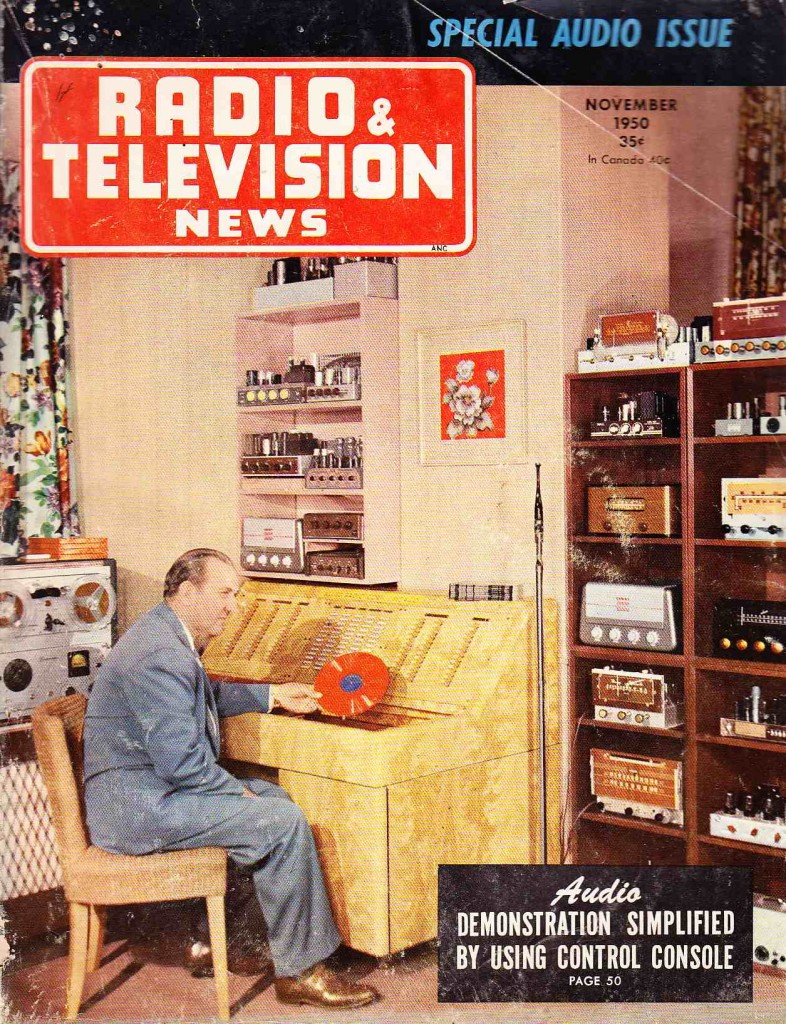
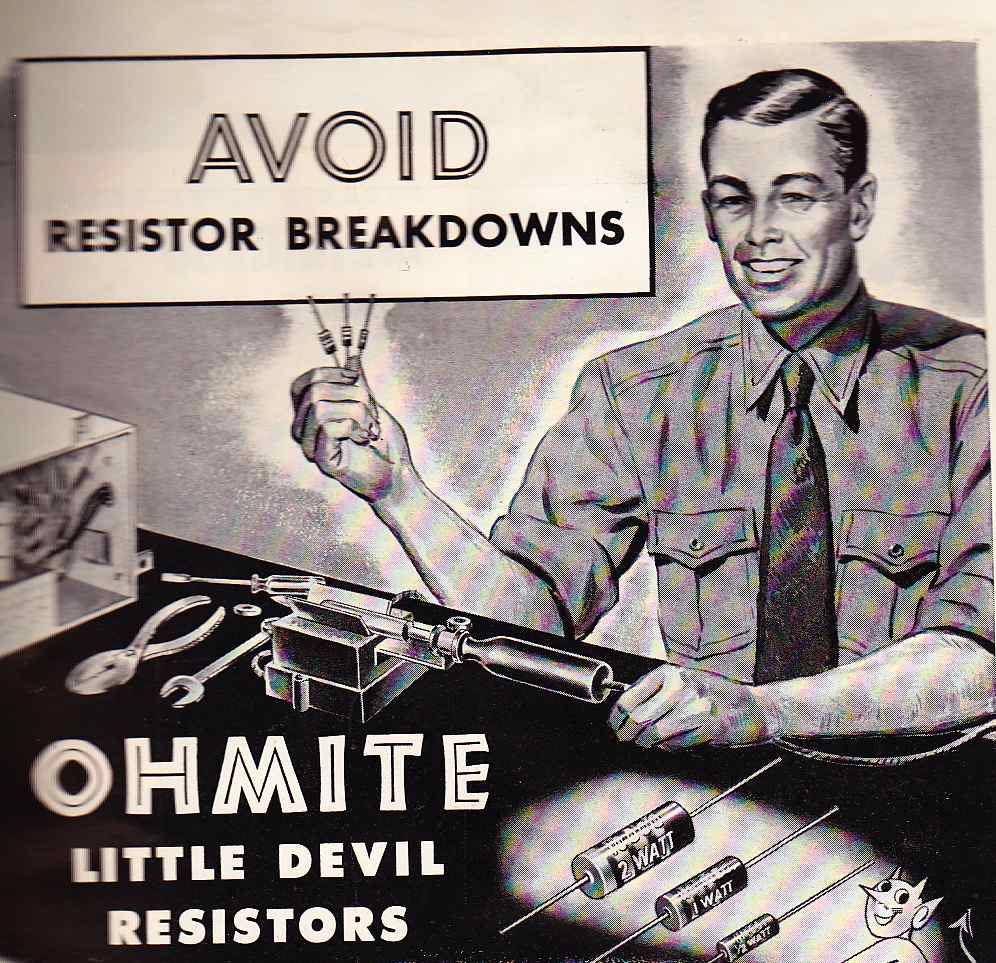
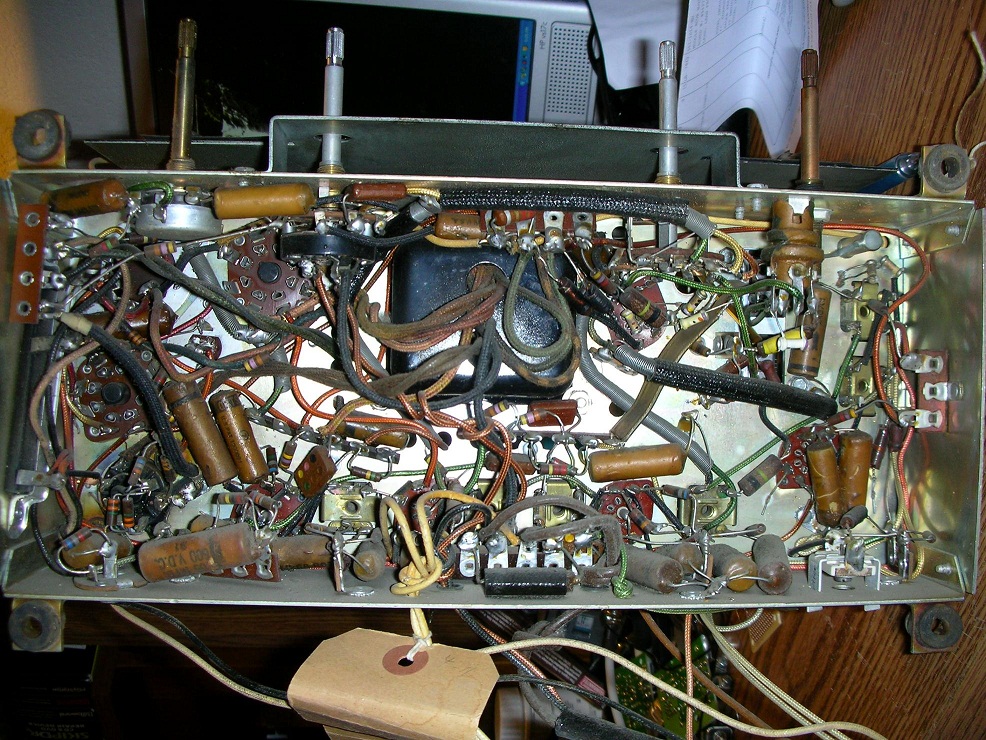
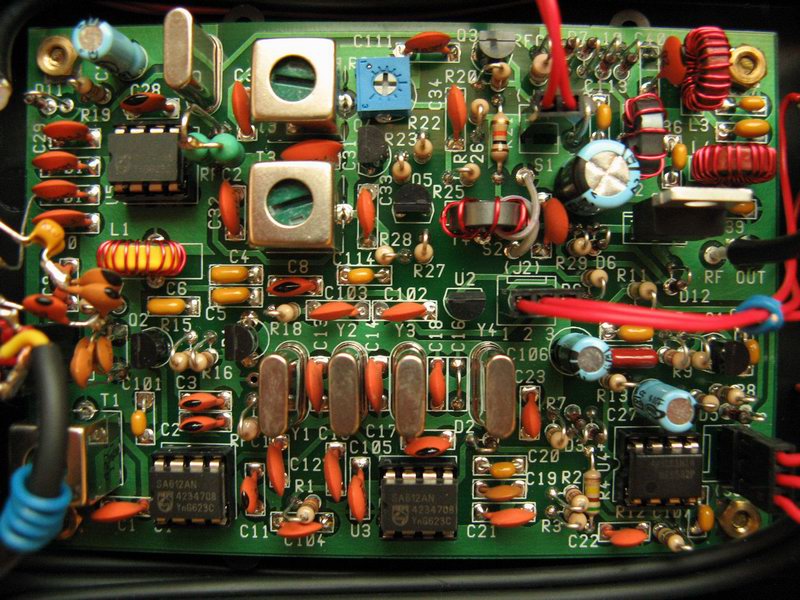
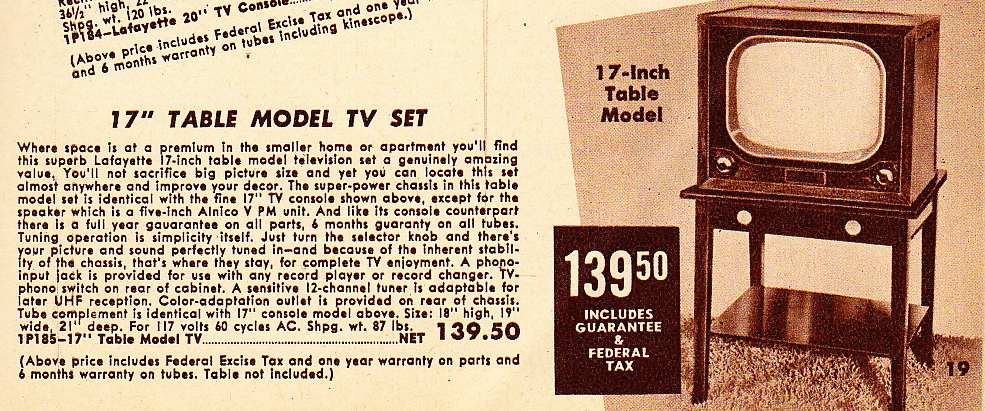
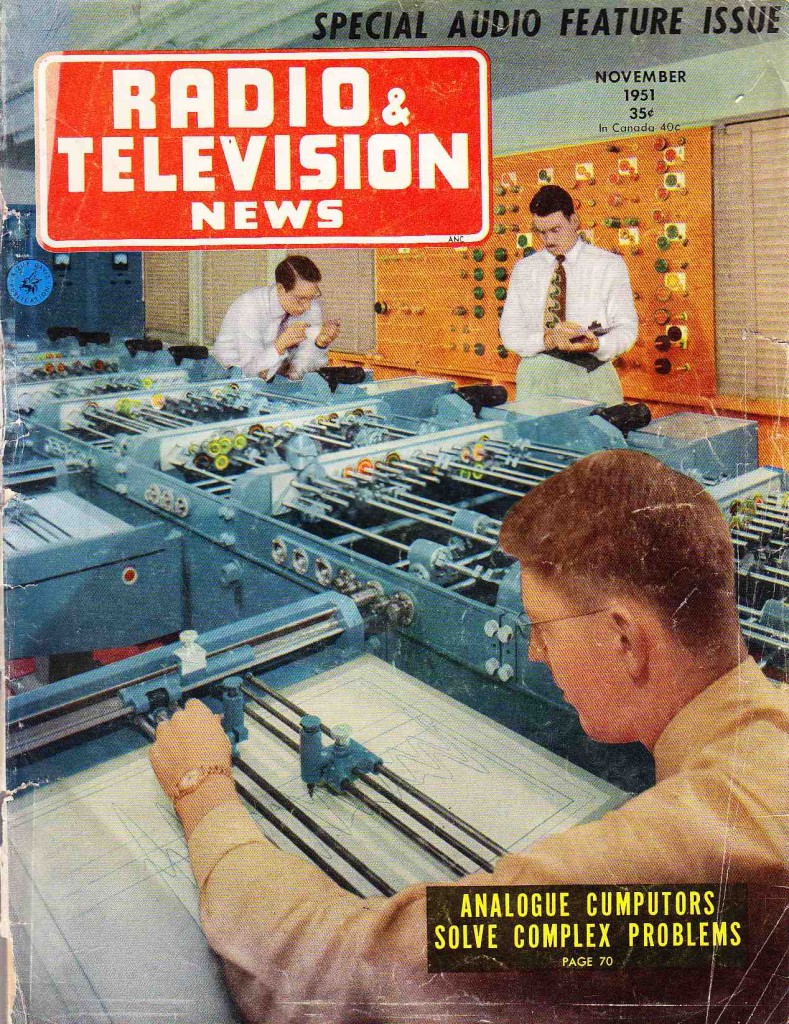
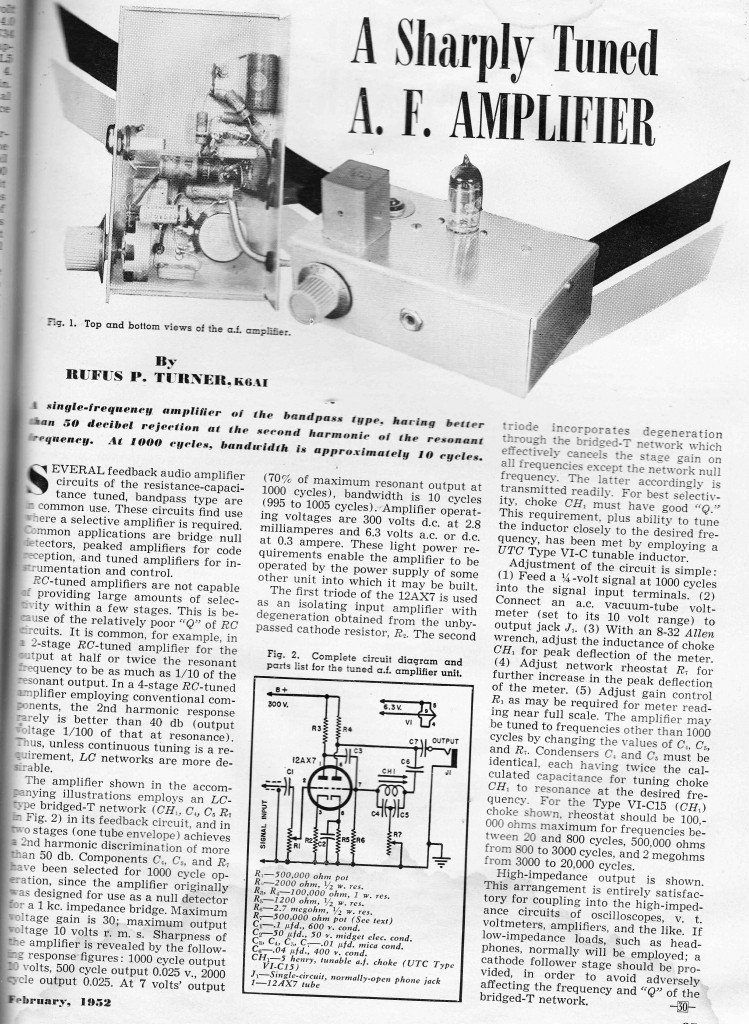

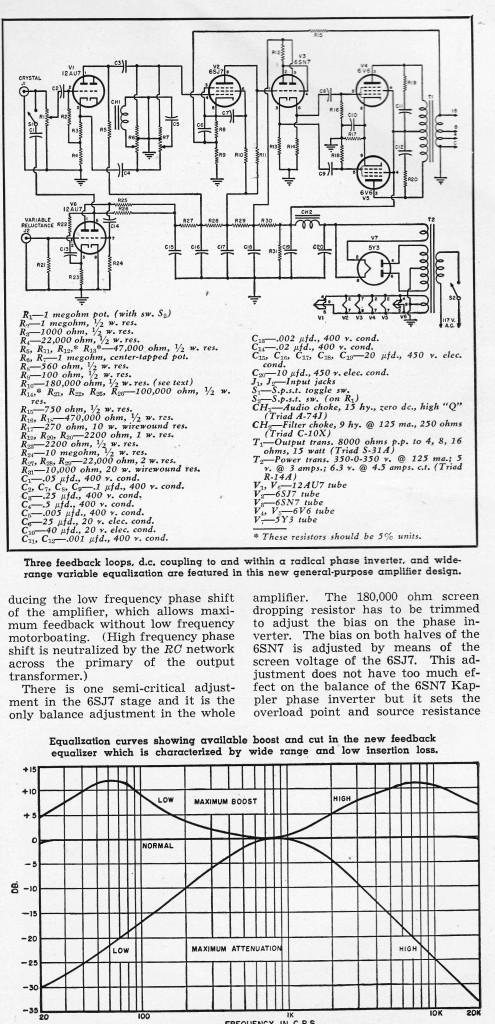
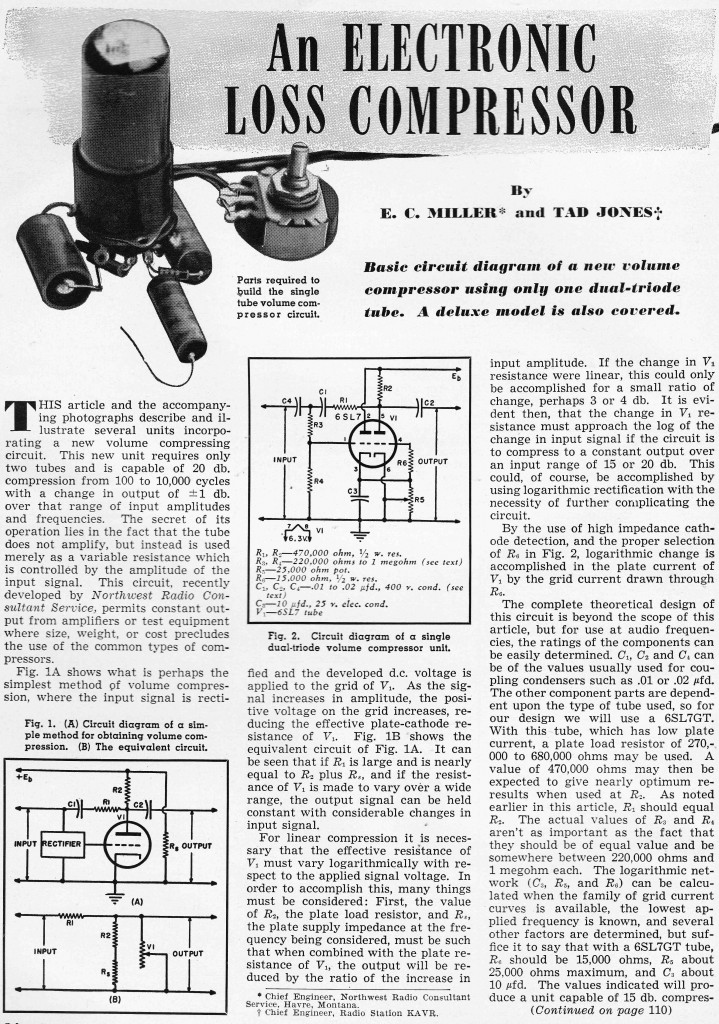
15 replies on “Service Call”
how did you find these magazines? they are insane.
not sure where these came from. they are slightly water-damaged, so… probably from the basement of a departed gentleman.
Hello
Very interesting stuff!
Please email a high resolution. Version
I have wanted to build a simple compressor
Thanks
Steve
hi steve. it is posted high res. extremely hi res actually. (In MAC OS) click on the image, and it will open in a new browser window. Then click on the image in this new browser window and it will scale up enormously. Dunno how this all works in a PC but i am sure the same functionality exists. good luck with the project. let us know how it goes.
Thanks Chris!
I see that now.
I will give this thing a shot and let you know
how it goes.
Thanks
Steve
i need a person to fix a pair of tube monoblocks.can you assist?
Hi Ross. I don’t know any service people in australia, but maybe this guy could give you some good leads:
http://www.jlmaudio.com/shop/index.php?_a=viewDoc&docId=2
hi i would be happy to repair you mono blocks i live in Sydney my email is eletrontube42@gmail.com
You have the coolest site…been wander around it for hours! Did you ever build one those compressors? I’m curious how useful it might be in recording?
yeah you must have, you got pretty deep there! I can’t even remember writing that article. no i don’t think i ever built that particular unit. but i prolly should. where does the time go?
Its just fascinating. I build lots of guitar amps but would like to build a compressor. I’ll probably just go ahead and try the two tube one. I’ll let you know how it sounds. Thanks and keep up the good work!
It’s insane that in 2013 I can’t pull up good .pdf’s of every page of every issue of all this, although I probably should have to pay something to someone for it.
Hi, do we have any information on how it’s going with Steve’s compressor? I’m searching for something like this compressor. Chris, can you please send me better res. pictures…
I’ll going to give try to make this compressor – any idea are welcome… Thanks, Senad
does anyone knows if the compressor schematics works ? thank you
i will be building the deluxe compressor version i found on this web page i will keep you guys posted it looks like it will work a few mods needed